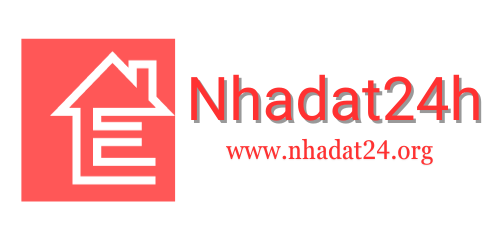taxdoor86
About Me
The Comprehensive Guide to Understanding Blockchain Concepts
Introduction
In today's rapidly transforming digital landscape, blockchain technology, initially popularized by cryptocurrencies like Bitcoin, has gained immense attention. This revolutionary technology offers unprecedented security and transparency, paving the way for new possibilities in various domains. In this article, we delve into the fundamental aspects of blockchain, explaining its importance in the modern world.
Understanding Blockchain Basics
What is Blockchain?
At its core, a blockchain is a shared ledger that records transactions across many computers, ensuring that the entries cannot be altered retroactively. This ensures a high level of security and trust without the need for intermediaries.
How Does Blockchain Function?
Each transaction on the blockchain is assembled into blocks, which are then connected to preceding blocks. This chain of blocks is protected using cryptographic techniques, making it virtually impossible for hackers to interfere with the data.
Applications of Blockchain in Various Fields
Finance and Banking
Blockchain enables quicker, speedier transactions with diminished costs. Banks and digital payment entities are currently adopting blockchain for payment handling, loan distribution, and cross-border transfers.
Healthcare
In medical settings, blockchain can reliably handle patient records, offering privacy and reducing fake activities.
Supply Chain Management
Blockchain provides an reliable and clear chain of custody, monitoring the movement of goods from point of production to final point. Traditional hot spring towns and reduces errors in inventory management.
Conclusion
Blockchain technology is poised to transform the way we conduct business and store data. As industries continue to progress and adopt this groundbreaking technology, understanding its mechanisms becomes increasingly significant. Adopt the future through delving further into blockchain's possibilities, and see how it can boost not only business processes but as well as personal digital interactions.
